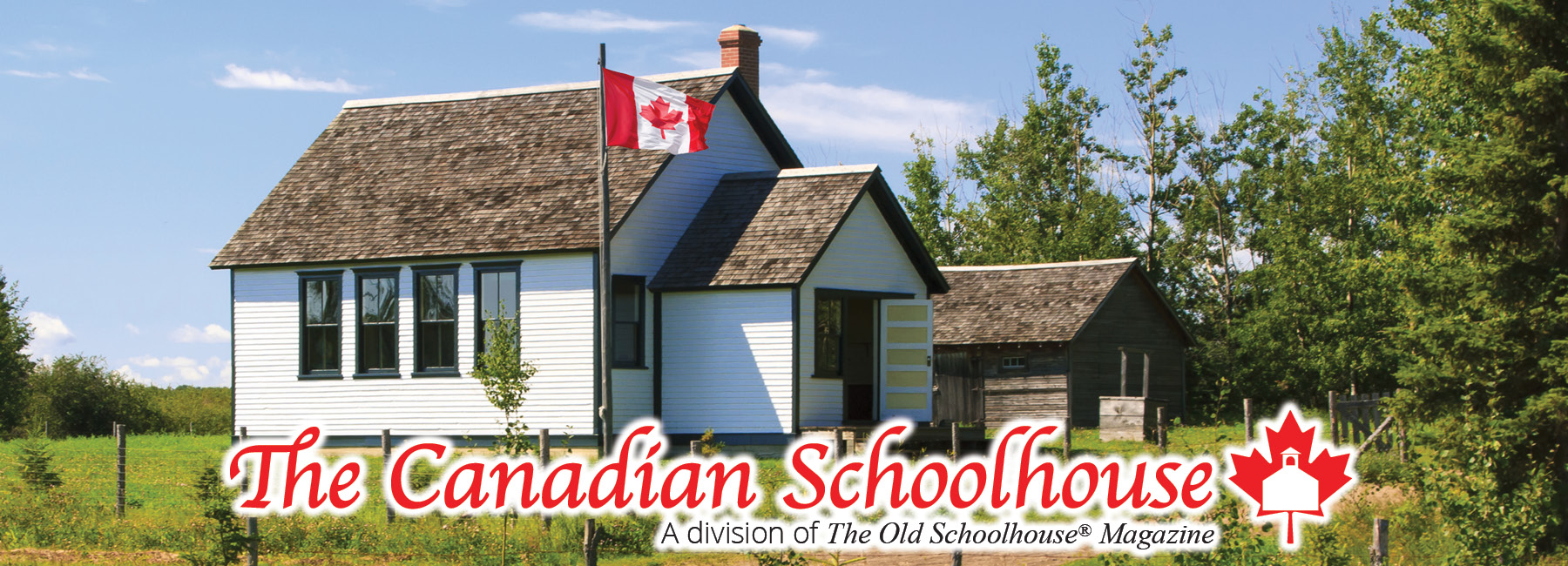

Did you know that the original Louisiana Purchase extended north into what are now the provinces of Alberta and Saskatchewan? When the French ceded its colony in Canada to the British, the boundary between the Hudson Bay territory and Louisiana wasn’t yet specified. There had seemed no need since there was little settlement in the area.
Of course, it wasn’t long before an agreement was reached to set the 49th parallel as the border between our two nations. (This area certainly wasn’t long under the control of either Napoleon or the United States.)
But this confusion about borders certainly helps us see the kind of vast, uncharted area that Lewis and Clark faced when they began their famous expedition in May of 1804. Even now, driving through areas of present-day Montana, you’ll find a lonely road, with acres of grazing cattle—and few houses to be seen. (Of course, there are cities like Great Falls there as well, that played a large role in their travels.)
EJ loves maps and discovering where they will take us. Because we live near enough to the Lewis and Clark Trail, we have made several roadtrips along it. Even in the winter, he happily gets out of the warm vehicle to read the roadside information signs.
We managed to visit a number of Lewis and Clark centres and points of interest on our drive to Florida a couple of years ago. I was amazed at how many of these spots there are; but, unfortunately, they are not always easy to find. Yes, there is road signage, but I have yet to find a good map that lays them out. Perhaps I haven’t looked in the right spots yet.
Being able to visit these spots in person has helped make the Corps of Discovery feel real to EJ. On a recent visit to the Lewis and Clark National Historic Trail Interpretive Center in Great Falls, MT, we were able to learn more about the personal side of the project. We learned about Sacajawea and even had a chance to try on a cradleboard like the one she carried her infant son on during the journey. There was another exhibit that explained how discussions had to be translated between a number of people, since there was no one available who understood all the languages in the group. Quite a lot of work and organization was required.
We still have much to learn about this important (and interesting) period in the history of North America and will continue to visit these and many more sites as we study this expedition. Admission to a number of the sites has been included in our America the Beautiful U.S. Parks pass, but others are under the responsibility of local volunteer organizations—so it’s always best to check ahead.
Written by Kimberley Linkletter



















